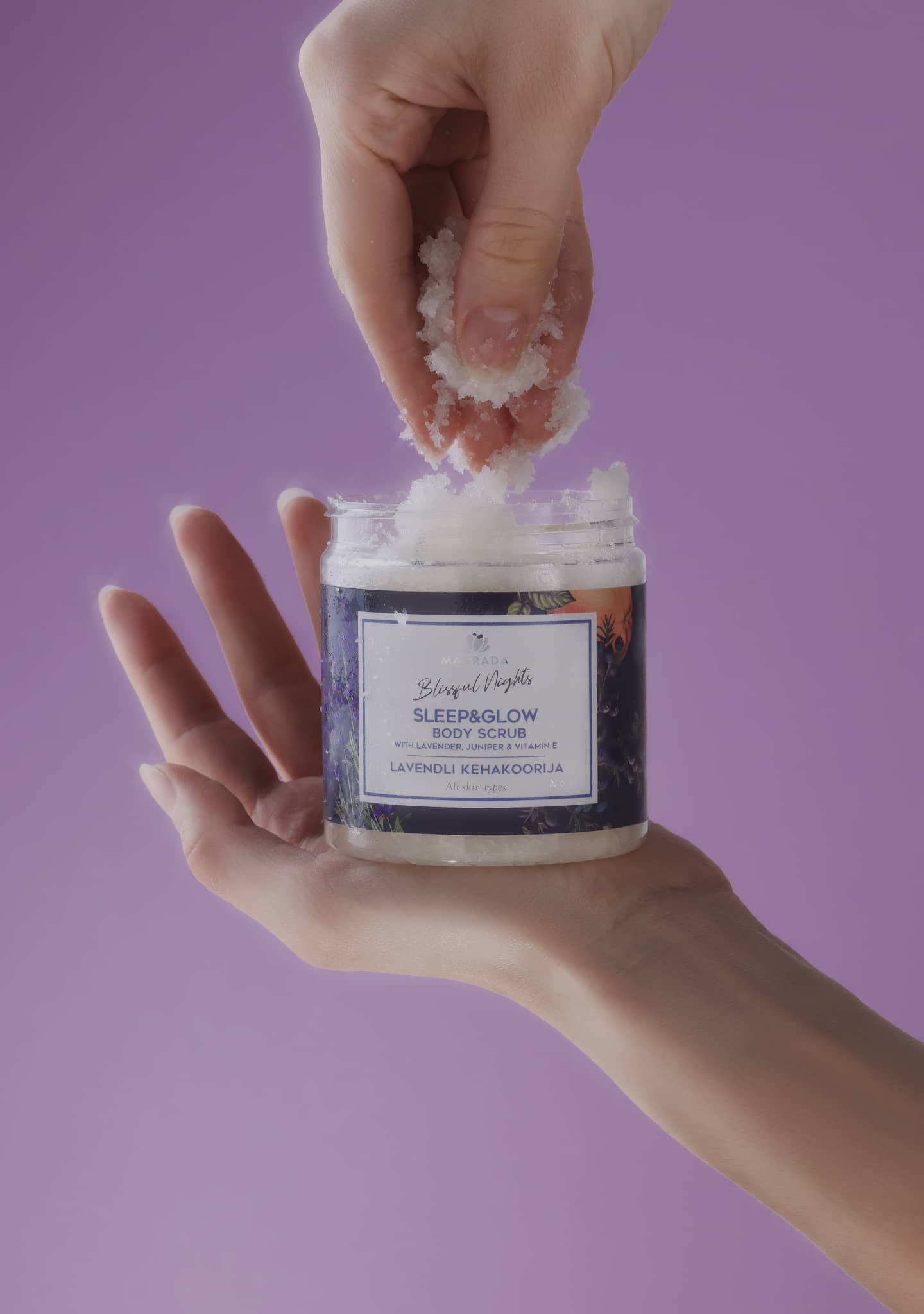Why choose Hertwill?
Start for Free
Start with Hertwill's free plan or try
any paid plan for 1€ in the first month.
Fast Shipping & Easy Returns
Orders ship fast from EU warehouses with tracking.
Returns accepted.
Quality Products
High-quality products, 90% made in Europe.
No AliExpress products

“Hertwill enabled me to expand the product selection of my shoe store in a couple of minutes and the best thing is that you won't find those shoes on Amazon or Aliexpress.”
Marten, Founder of Whatshoes




